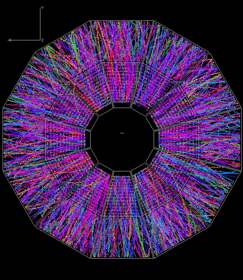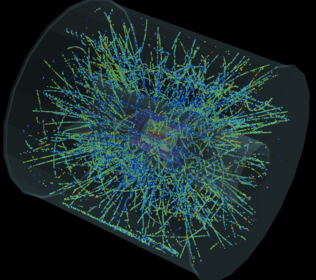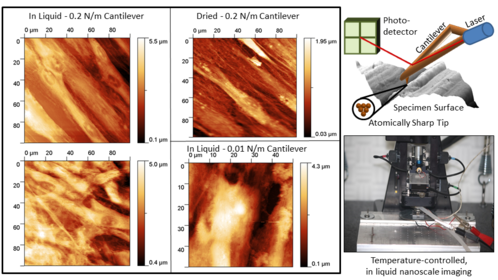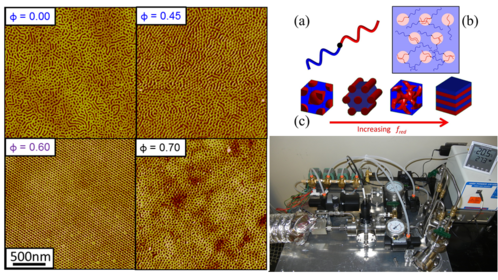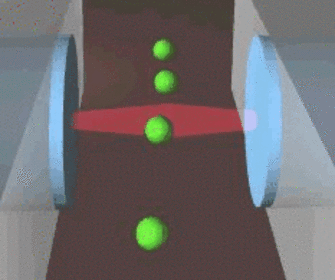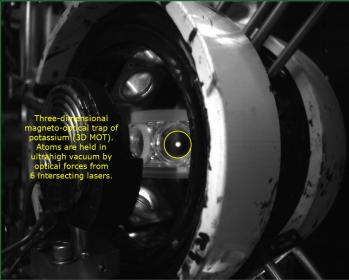Welcome to Creighton University Physics
No front page content has been created yet.
Follow the User Guide to start building your site.
Follow the User Guide to start building your site.
Theme by Danetsoft and Danang Probo Sayekti inspired by Maksimer

